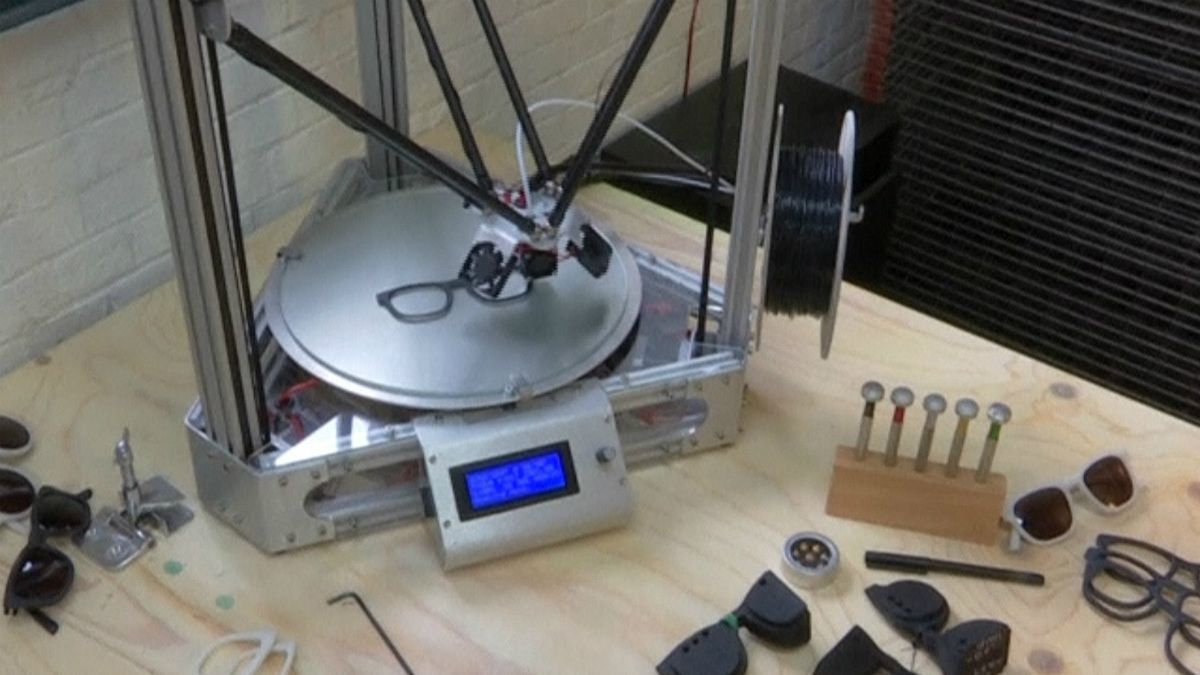A Belgian start-up has been using 3D-printing technology to turn old plastic into sunglasses.
Antwerp-based company w.r.yuma launched this week what they claim to be the first pair of 3D-printed sunglasses made from recycled plastic.
Car dashboards, plastic bottles and fridges, once set for the rubbish bin, are collected and given a new lease of life.
Only two small soda bottles are enough to make a pair.
The production process involves shredding the plastic and turning them into strings. These plastic wires are then fed into the 3D-printer, where they are melted and layered into the design.
Each part of the frame is printed separately and assembled by hand.
Founder Sebastiaan de Neubourg explained that one of the project’s aims is to help rebrand sustainability into a more approachable and “cool” term, while bringing awareness to the amount of plastic being wasted globally.
According to the Institute of Scrap Recycling Industries (ISRI), between 2004 and 2014, the global production of plastics grew from 225 million tons to 311 million tons.
An Eurostat study also shows that during this same period, only 36 per cent of waste produced in Europe was recycled.
Belgium is the European country with the highest recycling rates, reusing 73.9 per cent of its waste.
While de Neubourg is aware that projects like his won’t entirely change the situation, he believes they may act as “conversation starters”, sparking a brighter future for the environment.
Turning old car dashboards into sunglasses. Launching in September via crowdfunding platform Kickstarter. #circular#recycled#zerowastepic.twitter.com/mPNbFmzCiL
— w.r.yuma (@w_r_yuma) August 25, 2017
